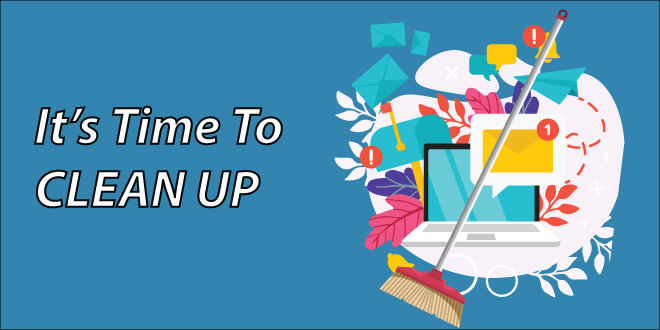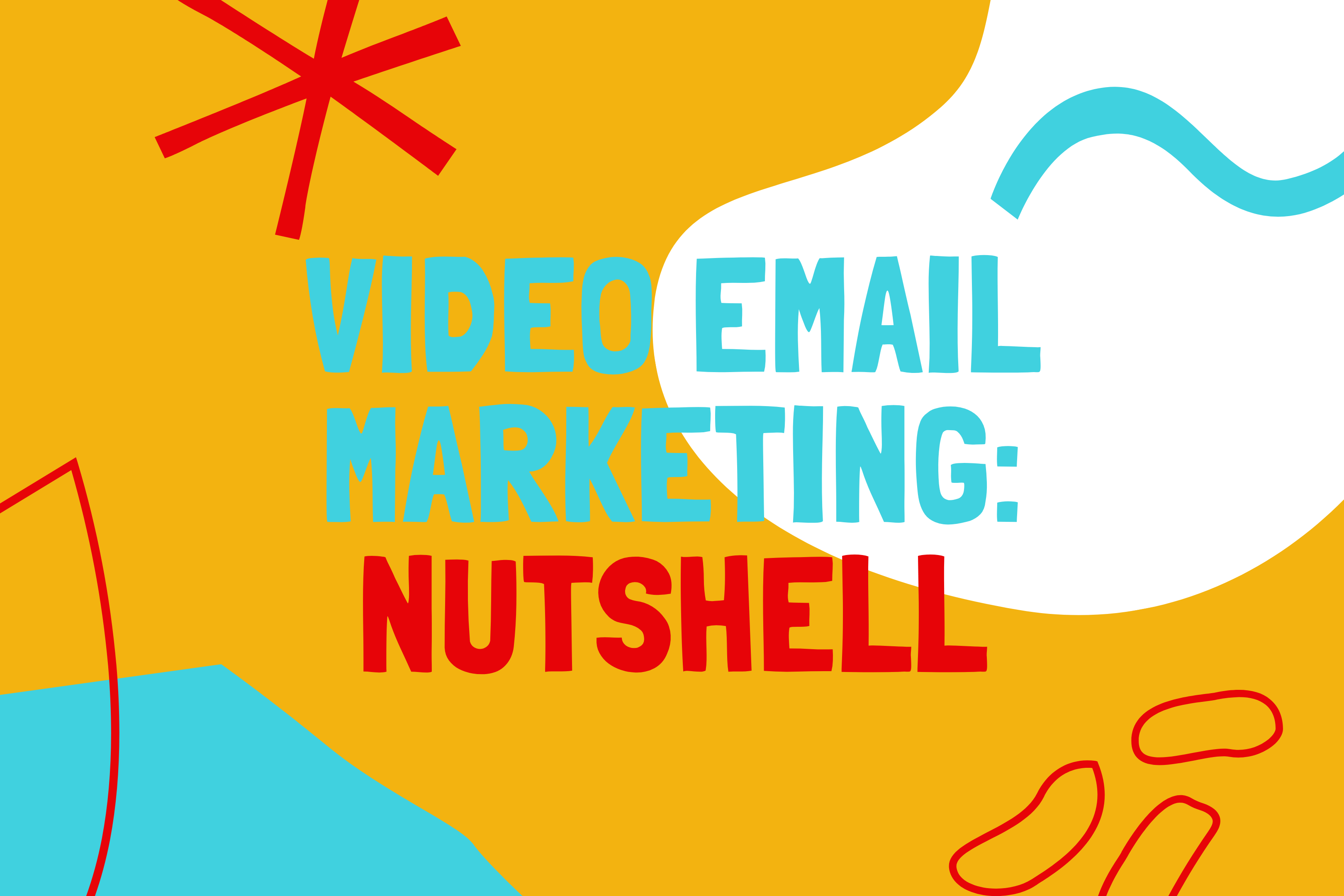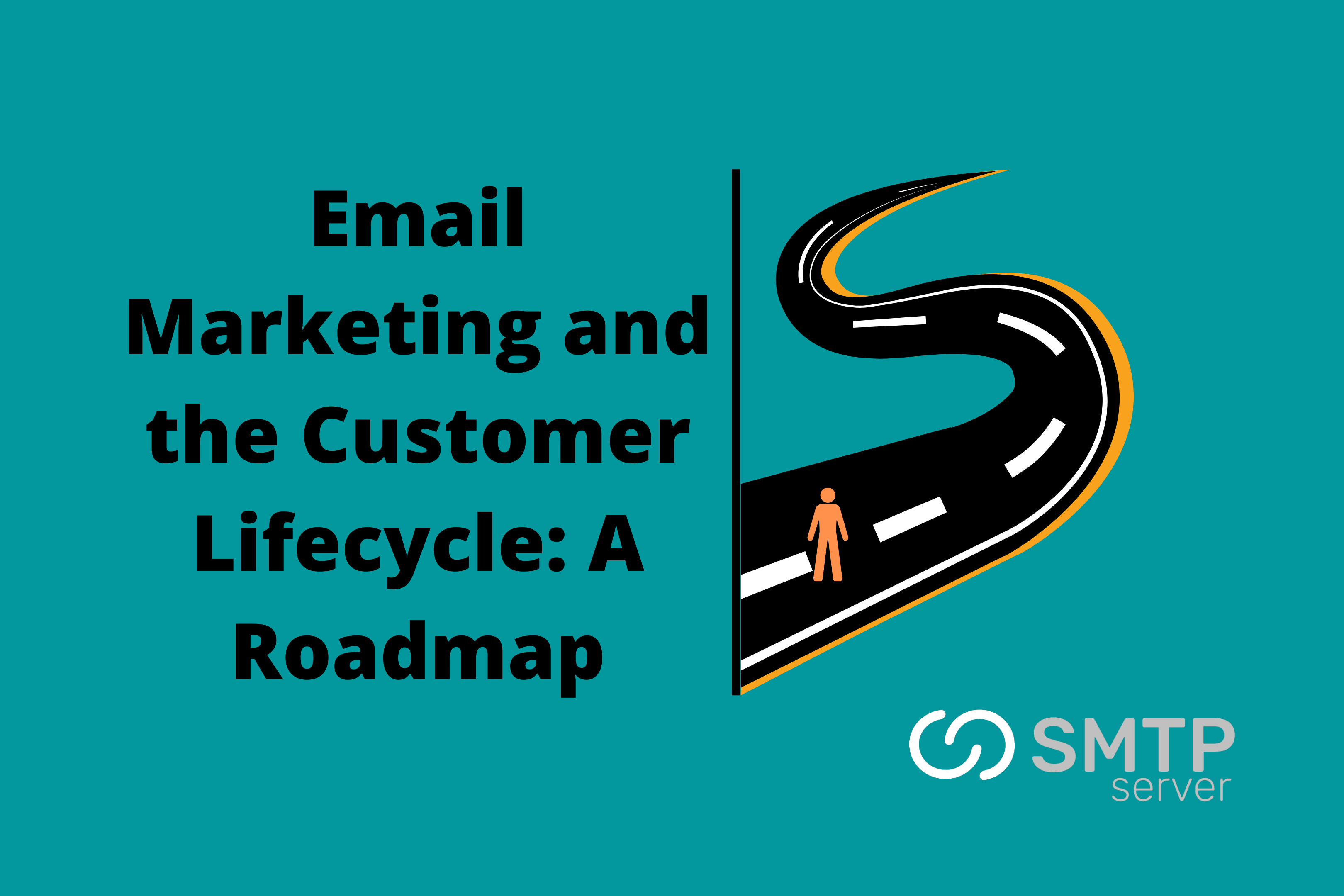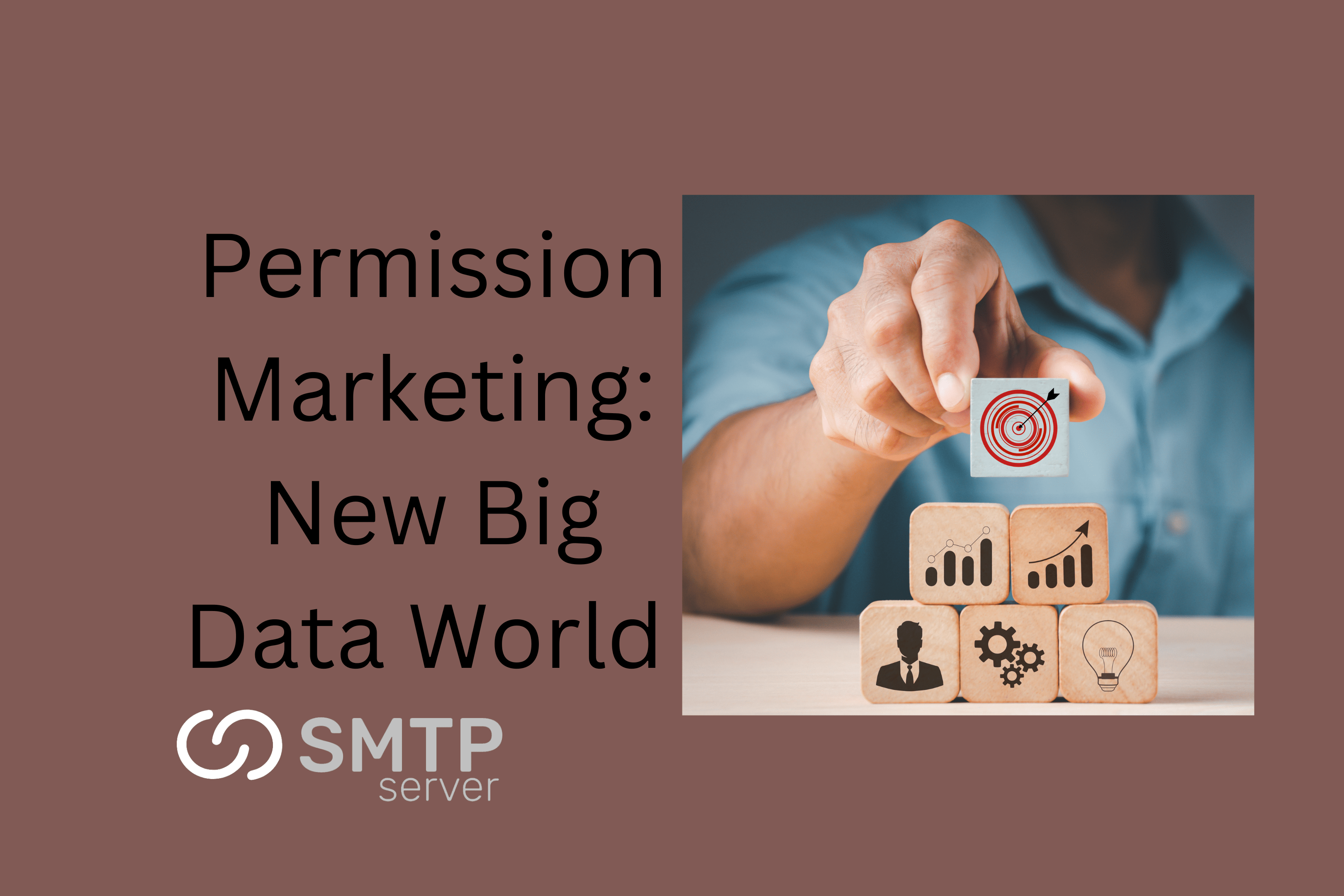27,908 total views, 14 views today
As an email marketer, you must have already known about the risk and benefits of Email cleaning. We believe you are scrubbing your email at least once a quarter. You can also look out for red flags that show that your list is getting a little bloated, in addition to setting clear timeframes for email list cleaning. The following are three big warning signs for a scrubbing signal.
Open Rates Lower Than Ever Before
I hope you’re not one of those businesses that never track open rates.
A low open rate signifies that your marketing messages may not want to be read by a lot of your subscribers. They may have gone with any of your competitors, already purchased your product, or eventually discarded the need for your service.
Since you can’t regulate it, the reason doesn’t matter. However, by cleaning up your email list, you can remove any fallout.
Emails’ CTR (Click-Through-Rate) Much Lower Than Usual
The Click-through rate calculates the percentage of subscribers who click on the Call-to-Action (CTA) button in your email. Consider it as a warning sign if your CTR falls steeply.
Since people often open an email without further engagement, CTR is almost always much lower than that of the open rate. If you see a major drop, however, that is a red flag. Cleaning the email list will pull up your CTR and boost interaction.
Getting a Lot of Spam Complaints and Bounce Rate Is Higher
When subscribers receive any unwanted email they either trash it or spam it. If they spam it, it’s the worst thing for your business and brand.
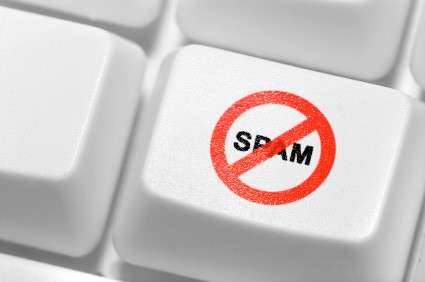
When your subscribers mark your emails as spam, they’re notifying the email providers that “The message they received from the email marketer is unwanted and unsolicited.”
If the number of spam complaints of your email reaches a certain threshold, your emails will automatically be redirected to spam.
You should also pay careful attention to bounce emails. If any email comes back as undelivered, there’s a possibility that there’s a problem with the subscriber’s email address or with the owner’s email service provider.
How Often Should You Clean Your Email Lists?
You must be unsure regarding the frequency of cleaning your email lists. We recommend you should clean as often as you require.
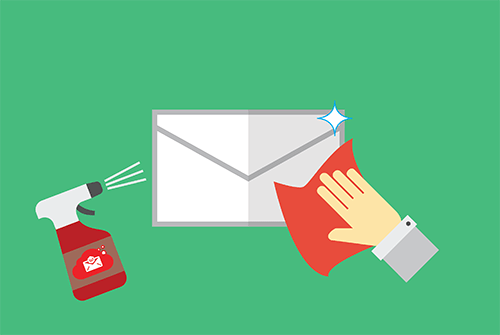
Earlier we have suggested beginning with quarterly cleaning but if you have a huge database or the faster your list increases, the more frequently is required to clean it.
Check for Hard and Soft Bounces Before Scrubbing or Cleaning Your Email List
As an email marketer, you must be accustomed to these two kinds of bounces: soft and hard. While a soft bounce implies a temporary deliverability issue, the hard bounce indicates that the email address is wrong or the domain no longer exists, or the email server has blocked delivery.
In case of soft bounce, your email service provider keeps attempting to send the email, and it will most likely go through. On the other hand, in case of Hard bounces, your email will never go through.
While many email service providers automatically cleanse hard bounces, few others instruct you to do email list cleaning to get free of undelivered email addresses.
Re-engagement Email Campaign Targeting Inactive Subscribers
You can segment out all subscribers that have become inactive prior to cleaning an email list. There will be such subscribers who have engaged with your emails at some point in time but not recently. In such a case, you may send them a re-engagement email drip campaign to retain them back. Ask them if they would like to hear from you. If the answer is ‘no’ just remove them from your email list and if the answer is ‘yes’, lure them with valuable information, offers, or discounts.

